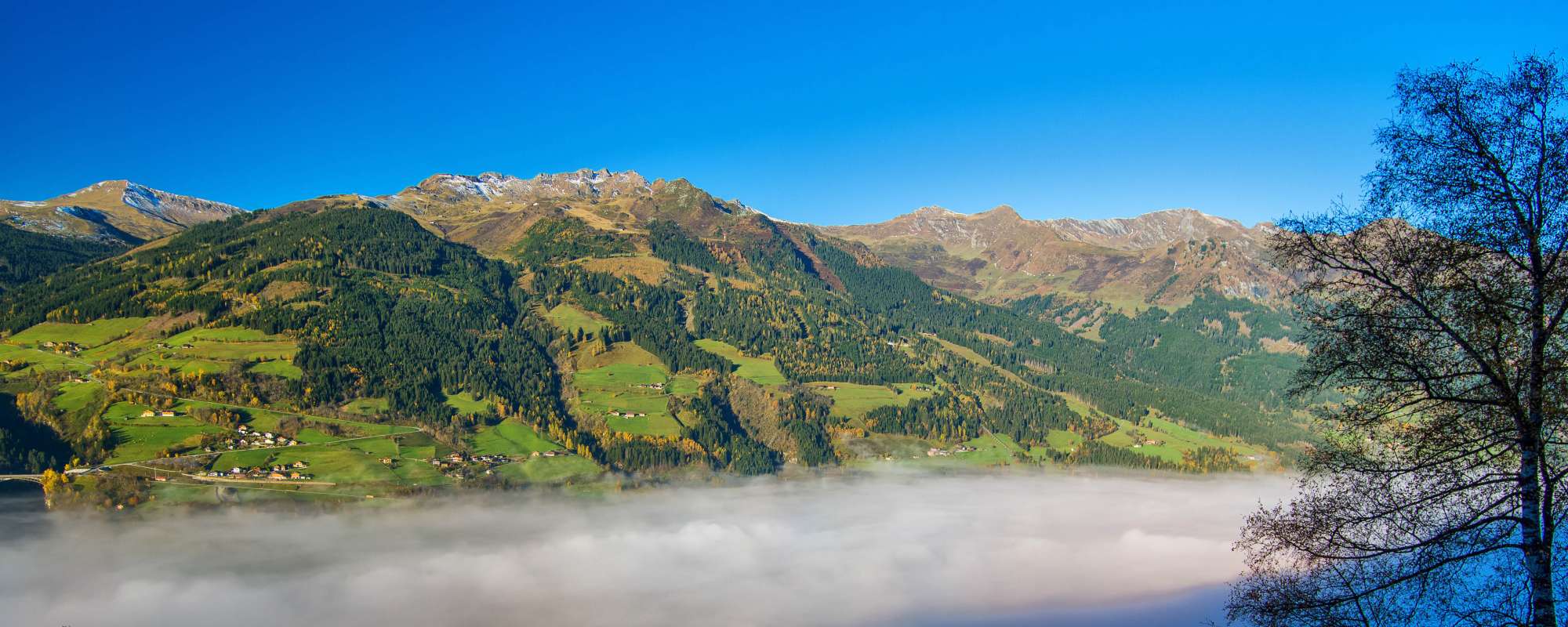
Bad Gastein
Bad Gastein is a historic spa and international winter sports resort with more than 4,000 inhabitants and is the main town in the beautiful Gastein Valley, in Austria. The municipality is part of the National Park villages of the Hohe Tauern National Park and lies at the foot of the Graukogel. Besides the traditional spa treatments the valley offers much, much more: All year round, holiday guests combine a relaxing getaway with sporting activities for all ages!
A quirk of Bad Gastein is the location of the centre, which was created on the steep slopes around the famous waterfall and characterised by very steep and narrow streets. On the cliffs multi-storey houses were built to save space and actually "built" into the slope, so that the appearance of Bad Gastein is of a city to remember ("skyscraper village"). Thus, the difference in height between the location of the towns park and the train station is about 80m in altitude. To go from the centre to the station you conveniently use the car park elevator - 11 floors up to get to the top - and of course back down!
The municipality of Badgastein includes Badgastein, Bockstein and Remsach and the resort of Bad Gastein. Districts of Bad Gastein are: Anlauftal, Bad Gastein, Badberg, Badbruck, Bockstein, Hinterschneeberg, Kötschachdorf, Kötschachtal, Patschgsiedlung, Remsach and the famous Sportgastein (Naßfeld). The town, where Pongaurisch Boud Goschdei is spoken, was known in the last few centuries as Wildbad or Wildbad Gastein. From 1906 to 1996 the town was called Badgastein. On 1 January 1997, the community name was changed to Bad Gastein (spelling-wise). The name "Gastein" goes back to Indo-European roots and has two meanings, either "gray river" or "gischtender river".
Bathing and spa resort
In the beginning bathing was in shared baths, where bathers spent time over breakfast and board games. For successful spa treatments, in the old days long bath times and also a generally accepted six weeks length of treatment were required. Also the Gastein Heilstollen contributed as a centre of notoriety - in the form of Radon balneology which offers natural help for a variety of rheumatic diseases.
Since the Middle Ages, word spread of the healing powers of the Gastein spas. Despite the still very simple bathing facilities and accommodation, princes and lords of high standing took the often long and arduous journey up to the thermal springs. The thermal water was moved via open wooden gutters from the sources to the guest houses, later in wooden well pipes. In the neighbouring Bad Hofgastein, for a long time healing water was taken with the help of drums and horse-drawn carriages before in 1830, a thermal water system was built.
